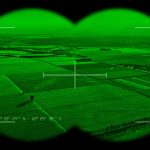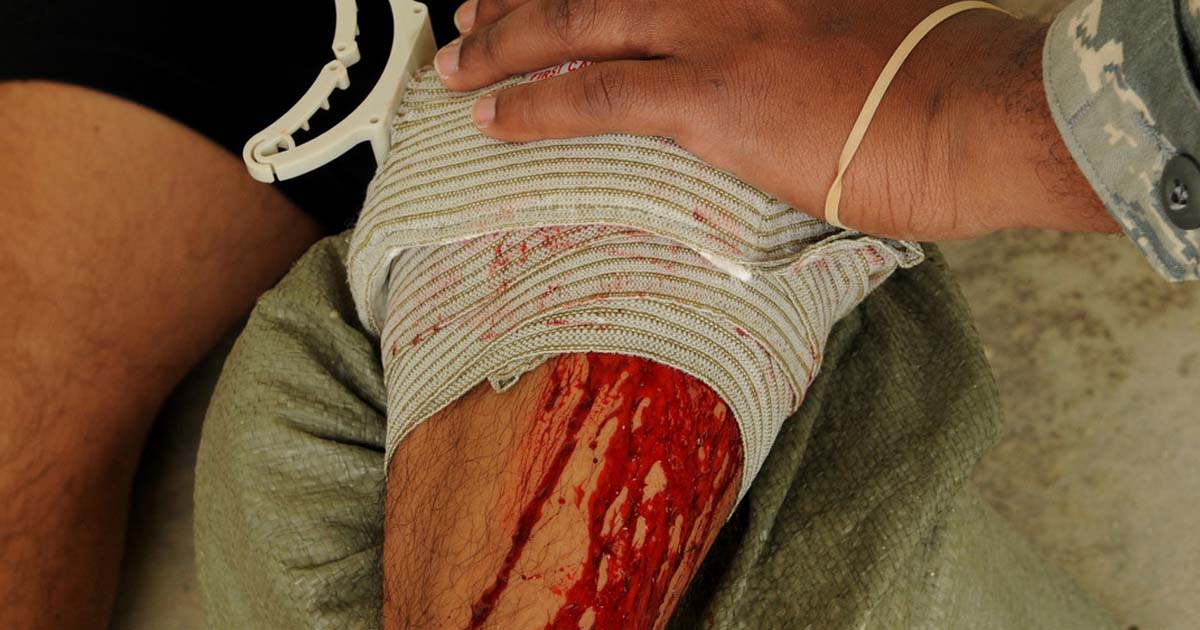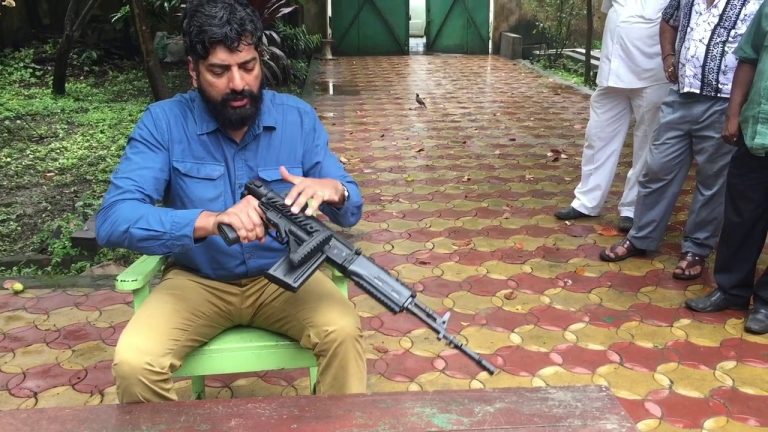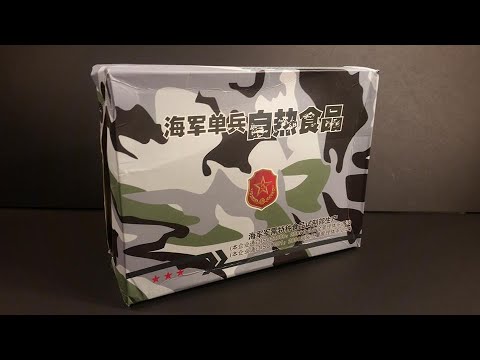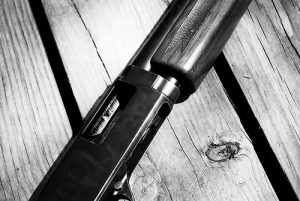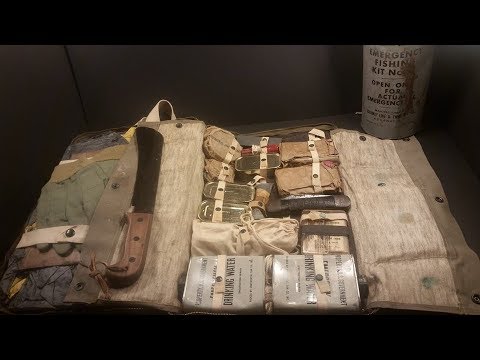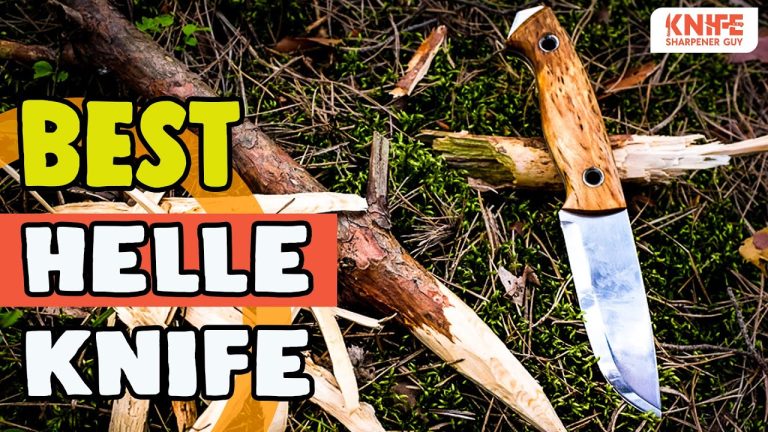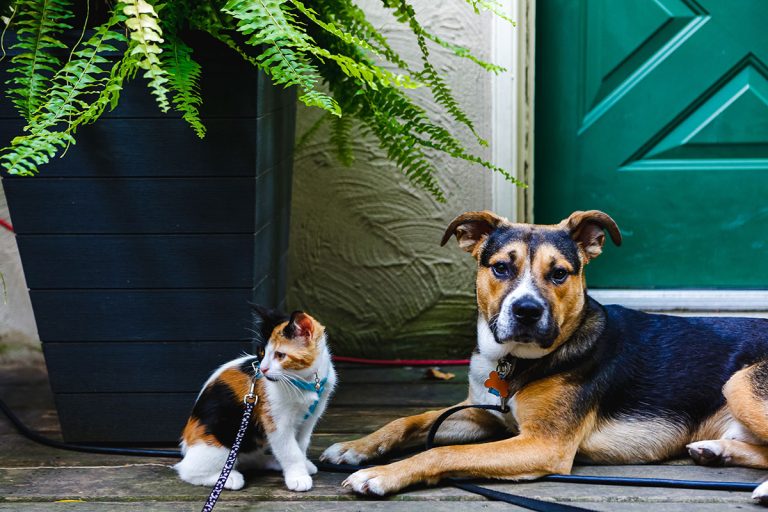Until recently, “normal” people didn’t have to worry about getting shot. This is no longer the case.
In 2019 alone, the United States experienced more than 400 mass shootings. These shootings represent just a tiny percentage of the 113,000 people shot yearly.
More than 39,000 people will die of gunshot wounds each year – or 109 people dying per day. Even if we exclude all gun deaths by suicide, there are still nearly 40 people dying from gunshot wounds every day. (Sources 1, 2, 3, 4)
This isn’t a discussion about gun control or safety, though. Instead, I mention these numbers to show why it’s essential for everyone to know how to treat a gunshot wound.
Many of these gunshot deaths could have been prevented with simple steps to control bleeding while waiting for EMS to arrive. Just like we learn CPR and the Heimlich, gunshot treatment should be added to the list of basic first aid skills to know.
Below are step-by-step instructions on treating a bullet wound, including what to do if help is unavailable.
Step 1: Get Training
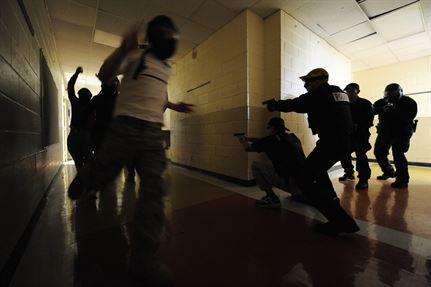
Real gunshot wounds aren’t like you see in the movies. In the movies, the character will either die quietly and immediately. Or he will somehow continue running around and killing bad guys.
Real gunshot wounds are agonizing. The victim may be screaming. There will be blood everywhere. The scene can be chaotic with running, screaming bystanders.
You won’t be much use to the victim if you freak out and can’t remember the first aid steps you learned. So, in addition to learning how to treat a gunshot wound, you must also get mentally prepared.
Soldiers and medics mentally prepare themselves by training in realistic scenarios, complete with actors with fake wounds and blood. As a civilian, here are some ways you can prepare:
- Take a scenario-based first aid course. These first aid courses use realistic dummies, complete with fake blood, or will even do entire scenes where you have to rush in and help victims. Here’s where to look for courses.
- Practice Emergency Conditioning (EC): If you can’t do scenario-based training, you can still do it in your mind with EC. This is a process in which you visualize traumatic situations in great detail so you are less likely to freeze up/freak out should you ever find yourself in such a situation. Read about EC here.
Step 2: Secure the Situation
You should never risk your own life to help someone else (though I can’t say I wouldn’t do that to save my kids…). Before administering first aid, make sure the scene is safe.
- If it was an accidental shooting, such as a hunting accident, secure all firearms.
- If it was a shooter, make sure everyone is out of the danger area. Only move the victim if it is necessary to get to safety.
- Call for help: Or make sure someone else has called for help. Don’t assume someone has called – there can be dozens of bystanders who all make the mistake of thinking everyone else already called.
Step 3: Locate Sources of Bleeding
With blood gushing everywhere, it can be hard to find the bullet wound entrance and exit site (if there is an exit). You may need to remove clothing – which is one more reason to always carry a survival knife with you.
You will treat the more severe source of bleeding first.
Step 4: Stop Bleeding
In many senses, treating a gunshot wound is like any other penetrating wound (see this post on how to treat a knife wound). However, gunshots have a much higher likelihood of other injuries.
When the bullet enters the body, it creates a small entrance hole. Once inside the body, the bullet’s energy creates a larger cavity in the soft tissues. The bullet can bounce around inside the body, breaking bones and damaging arteries, nerves, and organs. If the bullet exits, the exit wound can be massive.
The internal damage can be severe, even if the bullet wound seems minor. Most people who die of a gunshot wound die because of internal bleeding.
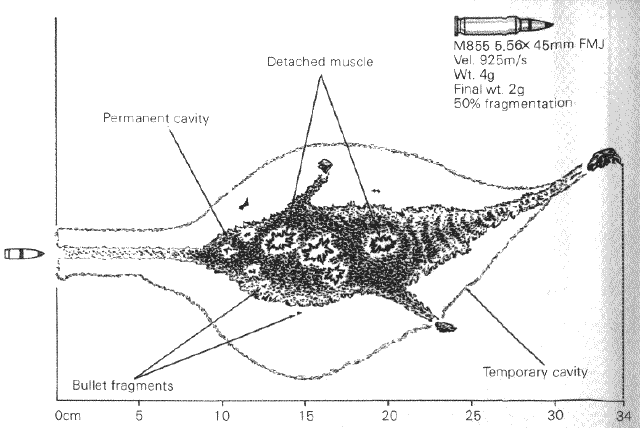
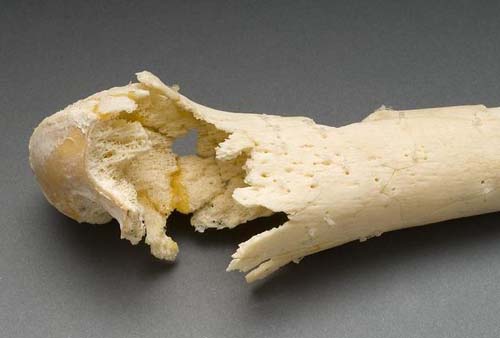
How To Control The Bleeding
Apply Pressure
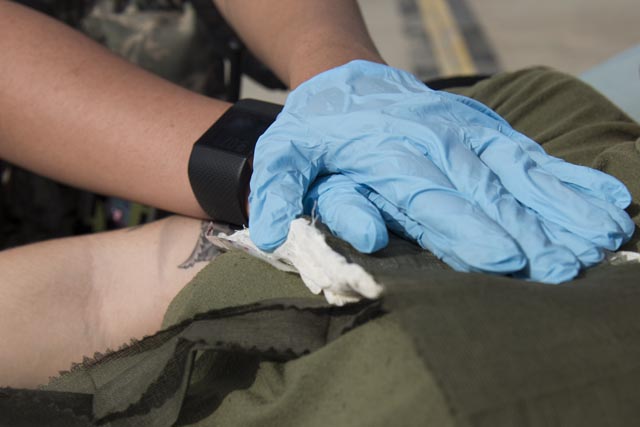
The first step in treating any bleeding wound is to apply pressure. If you don’t have any first aid supplies, then cover the wound with anything absorbent you have available: a scarf, your shirt, the victim’s shirt…
Don’t worry whether it is clean or not. Just start applying pressure. The immediate risk of blood loss is more important than the later risk of infection.
Gunshot wounds are deep. You will need to press down hard. Don’t be afraid to put your full body weight over the wound.
Tourniquets for Limb Gunshot Wounds
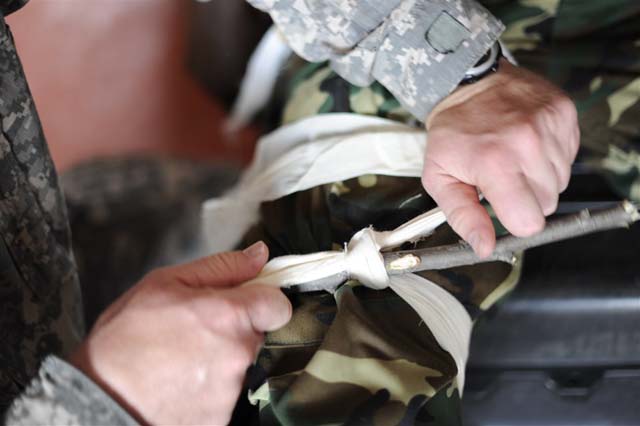
If direct pressure doesn’t control the blood loss and the gunshot is on an arm or leg, apply a tourniquet.
There are a lot of incorrect myths surrounding tourniquets, the big myth being tourniquets cause limb loss. This is simply untrue: tourniquets can be safely applied for several hours without risk of limb injury.
Even if help is hours away, choosing life over limb is still better. Don’t wait to apply a tourniquet.
Read this post about how to apply a tourniquet and see these best tourniquets.
Packing a Gunshot Wound
Gunshot wounds are incredibly deep and can cause severe internal bleeding. Applying external pressure often will not stop internal bleeding. Civilians rarely have to do this, but if help is not coming anytime soon and the bleeding won’t stop, you can pack the wound.
Here are instructions on how to pack a severely bleeding wound:
- Maintain pressure on the wound while gathering supplies. You’ll want to pack the wound with hemostatic gauze if available.
- Get in the wound. You have to put your finger or hand into the wound and push to stop the bleeding. Yes, this would be as grotesque as it sounds.
- Pack in gauze. Push gauze into the wound where your finger was. Once the wound is completely packed, pack in even more gauze.
- Apply pressure. Apply pressure to the wound above the gauze for three minutes. This should stop the bleeding in almost all cases. If bleeding continues after three minutes, pack in more gauze and apply pressure again. A pressure dressing (like an Israeli bandage) can be used.
- Immobilize wound: Again, this is if help is not coming anytime soon. Use a splint, if practical, to keep the wound site immobilized to prevent further internal injury.
Do NOT use a Tampon to Treat a Gunshot Wound
One myth is that you should use a tampon to plug a gunshot wound. While this may have been done successfully by US Army Medics in the era before IFAK kits, it is a terrible idea to pack a wound with a tampon.
Why?
- The average tampon only absorbs about 9mL of blood. Life-threatening bleeding occurs when more than 1,500 mL is lost.
- Tampons only soak up blood; they don’t apply pressure to internal arteries that are spilling blood.
- Tampons are not sterile. Clean, but not sterile.
- Tampons expand once wet and can cause further injury to the gunshot site.
- Gunshot wounds aren’t shaped like tampons. Sticking a tampon into the bullet hole will do little to stop internal bleeding. You are better off packing the wound.
This isn’t to say you shouldn’t use a tampon to pack a wound if you were shot in a remote rest-stop bathroom and nothing else was available. However, any cloth will be a better wound packing material than a tampon.
If you don’t have a hemostatic dressing or gauze available, the American College of Surgeons recommends using clothing to pack a wound. It can be your shirt, pants, towels, etc. Even if your clothes are dirty, it’s still better than a tampon.
Note: This is one more reason to always carry a knife or multi-tool every day; it could be used to cut clothing into strips for packing a wound or making an improvised bandage.
Packing a Bullet Wound with Dirt
Here’s another myth about treating gunshot wounds. Apparently, some TV shows showed Navy Seals packing gunshot wounds with dirt. I’m not sure where the dirt myth comes from.
In theory, when stopping the bleed is a priority, then packing a wound with dirt would make sense. However, I can’t imagine a scenario where a gunshot wound occurs, and you are completely naked with nothing else available.
Hemostatic Dressing
A hemostatic dressing is a gauze treated with a blood-clotting agent. They are folded and compressed to maximize surface area. QuikClot is the most well-known brand of hemostatic dressing.
For most of us, carrying hemostatic dressings around with us every day is unrealistic. If a gunshot wound occurs, you’ll have to use whatever you have on hand – like your shirt or jacket.
However, if you are traveling someplace where medical help is unavailable or is hours away (like on a hunting trip), always bring a first aid kit with hemostatic dressings. Likewise, keep a complete first aid kit in your car. It’s better to be prepared than pay the price!
*See a complete first aid kit checklist and our picks for the best first aid kit for survival.
Step 5: Check A, B, Cs
With gunshot wounds, controlling bleeding is the most important thing. Once bleeding is under control, you can check the ABCs: Airways, Breathing, and Circulation.
If the gunshot victim is not breathing, start with CPR.
Sucking Chest Wounds
Gunshot wounds between the neck and bellybutton could have hit the lungs. This can result in a collapsed lung. Chest wounds should be covered with a seal to keep air out of the wound.
In the movies, you might have seen a credit card being used to seal a chest wound. This would work; something like plastic wrap, which covers more surface area, would work better.
However, The best solution is a chest seal gauze made specifically for this scenario; You can purchase them on Amazon cheaply.

Step 6: Position the Victim
- Don’t move the victim unless you absolutely have to. Bleeding stops because of clotting. Moving the victim can break these clots and start bleeding up again.
- Let the victim stay in whatever position is most comfortable.
- If the wound is in the arms or legs, you can elevate them to reduce blood flow to the area.
- Never elevate the legs of someone with a gunshot wound to the waist or chest. It will increase bleeding and make it hard for the victim to breathe.
- Do NOT give the victim food or water. You don’t know the extent of the damage to internal organs. Drinking or eating could cause damage.
What If No Help Is Available?
This is a prepping website, so I want to address how to treat a gunshot wound when no help is available. Think war zones or remote wilderness areas.
While the human body is amazing at healing itself, you are probably out of luck if you get a gunshot wound away from an operating room.
As surgeon David Newman said, internal bleeding is what kills most people who die of gunshot wounds. In the OR, the surgeons split the victim wide open to see exactly where the blood is coming from. An entire medical team will do things like clamping blood vessels. If the intestines have a bullet hole in them, they will cut the damaged area off and reattach it.
If the gunshot wound was from a high-velocity weapon, “it’s like an explosion” went off inside the body. It can shatter bones into hundreds of pieces, which get sprayed throughout the body. It takes a lot of expert surgical work to remove all the bone shards and fix the damage. If no help is available, it’s not likely you are going to survive.
But gunshot wounds are crazy. A person can get one hit in a seemingly benign place and die. Another person can take 10 shots and somehow still survive. If help is not available:
- Do what you can to stop the bleeding.
- Pack the wound.
- Keep the wound as clean as possible. Infection is likely.
- Get medical help ASAP.
- And pray!





